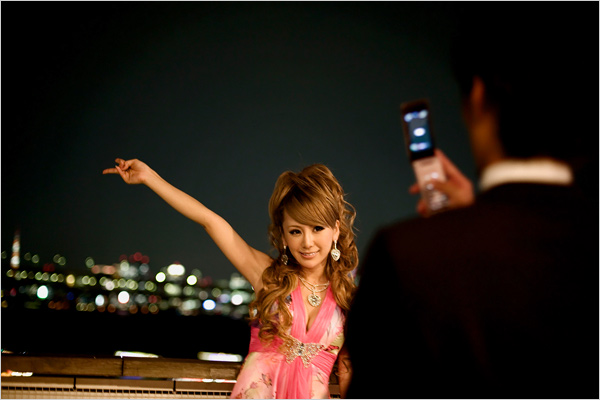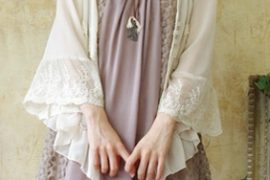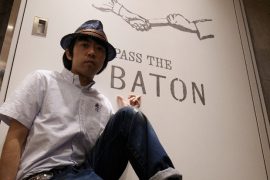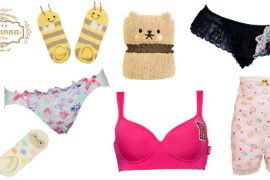
The adult entertainment industry in Japan is referred to as mizu shōbai, meaning water trade, reflecting the temporal, floating nature of the world of pleasure to be found in the city after dark. Whilst the most famous inhabitants of this world in Japan are Geisha, expert entertainers and masters of service, trained to cajole, intrigue and delight their customers, on the streets of modern Tokyo, hosts and hostess bars are the places to go for conversation and drink with a heavy side of flirtation. As Geisha are known for their distinctive hair, makeup and clothes, which serve to accentuate traditional erotic signifiers in Japan, so too are hostesses known their own unique Japanese fashion style, which reflects a very contemporary brand of sexuality.
There are thousands of host and hostess clubs in Toyko, from glitzy Ginza, right down to rough and ready Kabukicho, the livewire district where there is a vice to meet any craving. The sheer number of clubs in this district has spawned a localised industry of 24 hour hair salons, boutiques and photo studios, which cater specially to the local population of nocturnal workers.
The Tokyo hostess look is so distinctive, it’s started to be imitated by those who don’t work in clubs. Called agejo, the style blends slinky gowns or sexy camisoles up heels with youthful baby faced makeup, with girls often applying two sets of false eyelashes, pale foundation and eye enhancing contact lenses. Agejo hair is high maintenance, curled and often dyed a brown or red shade, and is often so elaborately styled it can resemble a wig. Reflecting the erotically charged roots of agejo style, underwear is often on display, with stockings, garter belts and bras acting more as accessories than functional clothing.
Devotees of hostess style even have their own fashion bible, Koakuma Ageha, the name itself reflecting the contradiction of the look, translating as ‘little devil, swallowtail butterfly.’ Featuring real hostesses, the magazine is unusually unflinching in its depiction of the models, unlike the usual upbeat content in most Japanese fashion magazines, with stories of bullying, addiction and abortion interspersing the sartorial content. Perhaps an appropriate editorial slant for a publication about a look spawned by the night-time butterflies of the Tokyo fashion scene- who know a lot more about what goes on when the lights go down on the city than their round baby doll eyes would seem to suggest.




